The SUVs that set the trend for today
Seven SUVs that set the trend for today

SUVs. Love ‘em or hate ‘em, they’re here to stay – and have been one of the fastest-growing market segments for several years now. Encompassing everything from tiny crossovers to the very largest of luxury off-roaders, this segment has gone from being small-time fare to containing some of the most profitable cars on sale.
But how exactly did the modern SUV come to be? We’ve leafed through the history books and found seven of the cars that – at least in Europe – helped push the crossover into the mainstream.
Matra Rancho

The Matra Rancho’s achievement list reads like the specification of any modern crossover. Rugged styling, a car-derived platform, greater practicality than its hatchback sibling and an awkward name? All present and correct.
However, the Rancho came out in 1977 – years before SUVs became viable as family transport. It was pretty popular on the continent, but their nature as a work vehicle and the unlovable nature of its quirky styling means not too many survive.
Jensen FF
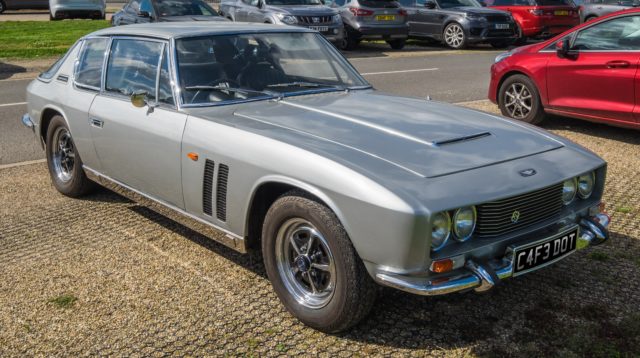
Sure, a gorgeous 2+2 grand tourer may not immediately occupy the same space in your head as a humble mumsy-bus, but the FF had one important distinction – four-wheel-drive. In fact, it was the first proper road car fitted with a 4WD system, as previous models had all been unashamed off-roaders.
The concept of fitting 4WD to a car that has no intention of ever leaving tarmac is one that’s been successfully applied to a huge number of SUVs and crossovers since.
Nissan Qashqai
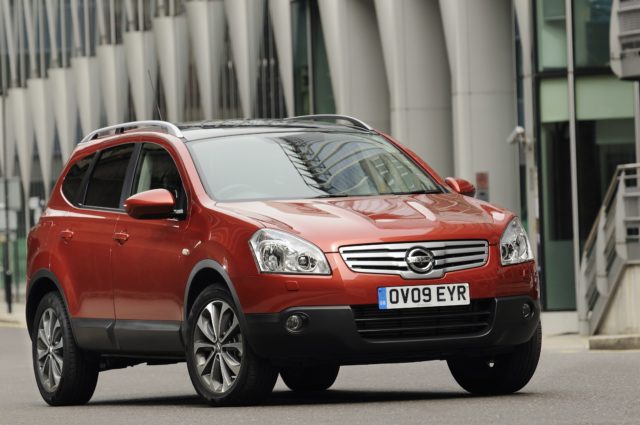
The Qashqai wasn’t the first SUV, or even the first hatchback-based crossover, but it marked a step-change in manufacturer strategy. Nissan was the first brand to realise that the future of family transport lay in these jacked-up vehicles, and so it didn’t bother to replace its Almera when it reached the end of its life – concentrating solely on the Qashqai.
It’s definitely a strategy that’s worked – the car has been sold in its thousands since its launch in 2007, and remains one of Europe’s best-sellers.
Toyota RAV4
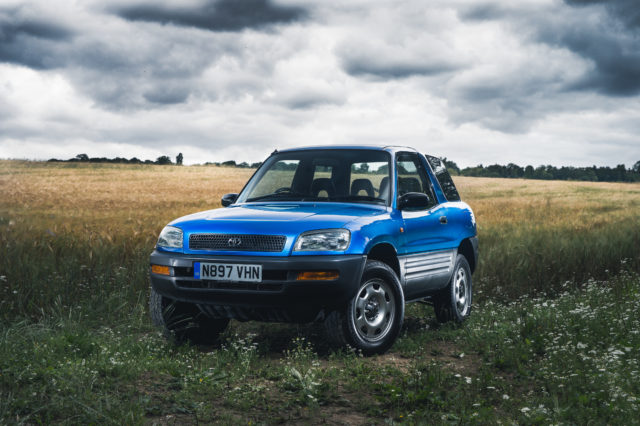
In 1996, Toyota released the RAV4, and with it came the acknowledgement by manufacturers that their rugged off-roaders were mainly used by families rather than farmers. The name RAV4 actually stands for Recreational Active Vehicle with 4WD – showing that this car was better suited to a camping holiday than tackling the deepest, darkest wilderness.
By giving buyers what they wanted – chunky styling, a modicum of off-road ability and raised ground clearance but without the associated lack of finesse on tarmac – Toyota created a wildly popular SUV that’s still a global best-seller.
Range Rover
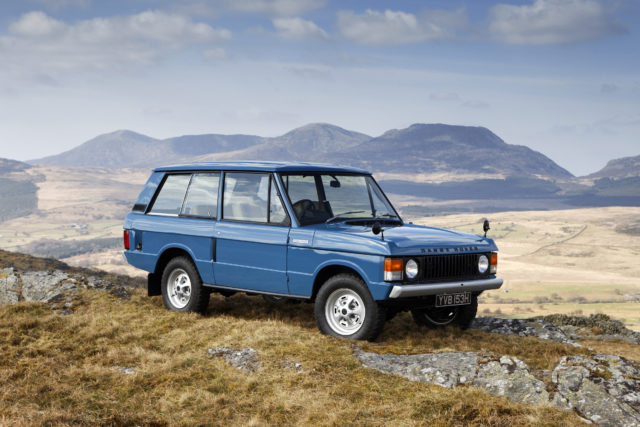
Land Rover was known only for one model until the release of the Range Rover – it was rugged, tough, and a nightmare as soon as it got onto a paved road. But the Range Rover was different, adding luxury features, coil springs and a sense of imperious superiority for everybody who drove one.
The Range Rover’s only become more luxurious as time has gone on, and easily ranks as one of the world’s top luxury SUVs today.
Volvo XC90
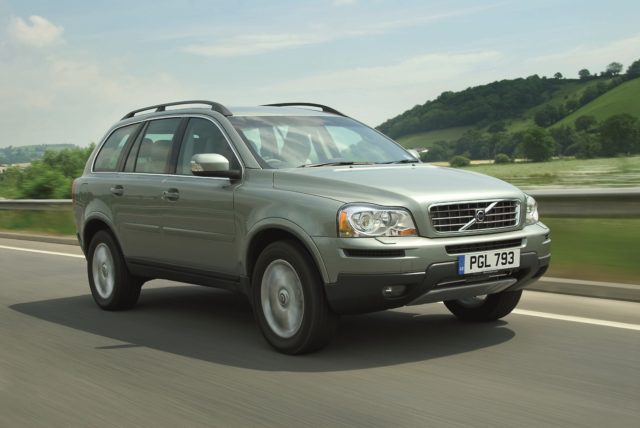
Big families spent the early 2000s gravitating towards MPVs, but these family buses weren’t exactly stylish. That’s why big families with a little more cash to splash preferred the SUV – and Volvo capitalised on this by releasing the XC90, which offered the versatility of the former and the style of the latter.
It also concentrated heavily on safety, and it’s recently been claimed that not a single person in the UK has died in an XC90 since its 2003 launch. That’s a big deal for a kid-carrier, and one that’s cemented the XC90 as a popular choice for the safety-conscious.
Porsche Cayenne

Porsche was the first sports car manufacturer to acknowledge the SUV-shaped elephant in the room. It realised that by releasing a Porsche SUV, the resulting profits could be used to further development for its iconic sports car line.
That has left Porsche with two distinct lines of products – its SUVs pay the bills while its class-leading sports cars keep the brand’s image alive. Neither could exist as well as it does without the other, and it’s a sort of partnership that many brands have emulated since.





